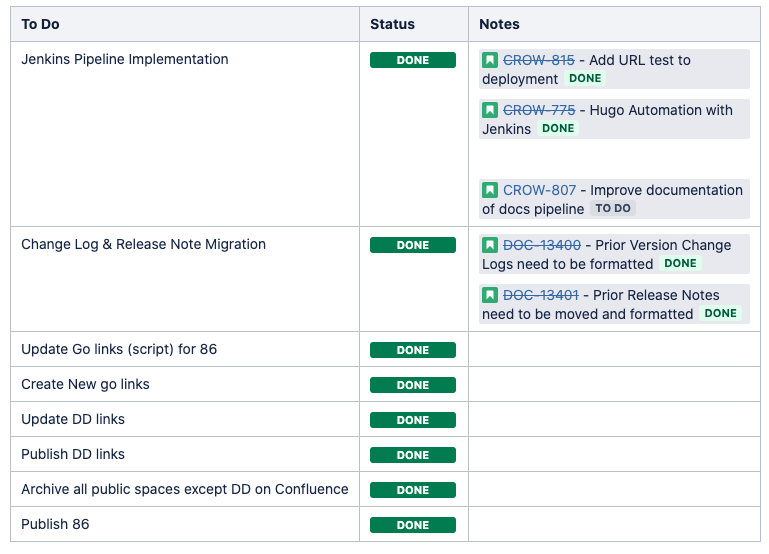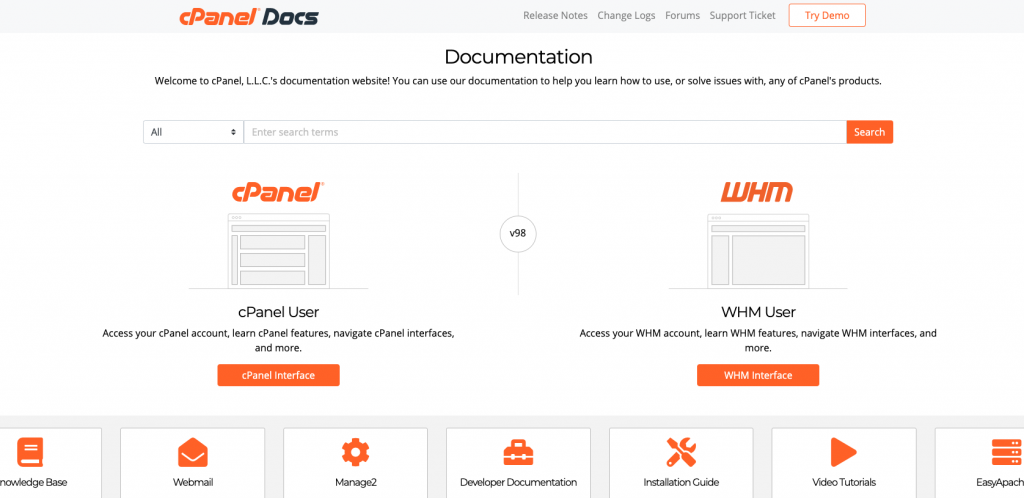Project Overview
Complete Move of Documentation from Confluence to Hugo/git.
Completed January 2020
Tasks
Information Architecture, Content Strategy, UX Design, User Feedback & Testing, Project Management
Team
Documentation Manager (me), UI Developers, Technical Writers, System Administrators
Before
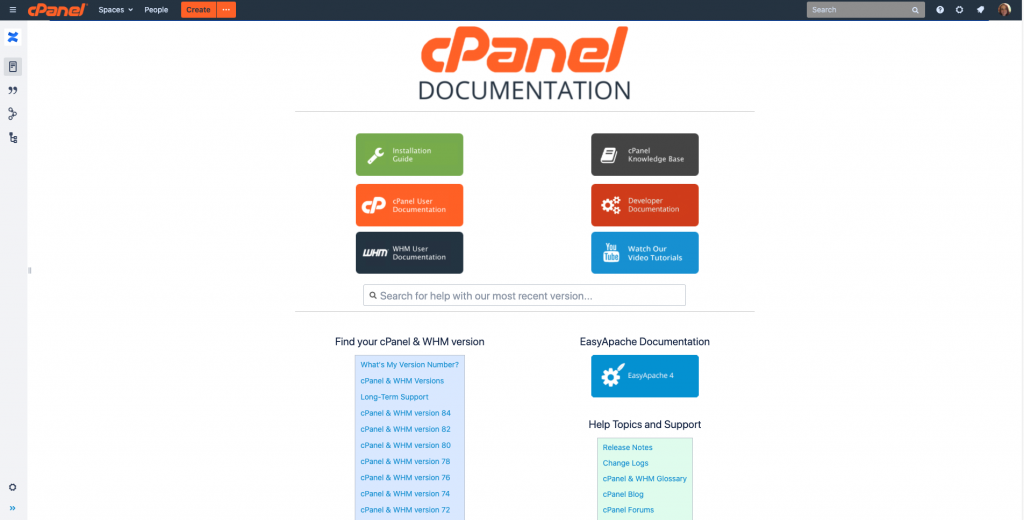
Challenges
No clear direction for the user
Not 100% on brand outside of the color scheme
An overwhelming amount of documentation lead to confusion for the user (every version had a copy of the same document)
Busy design and a lot of white space
Hard to reuse content outside of Confluence
After
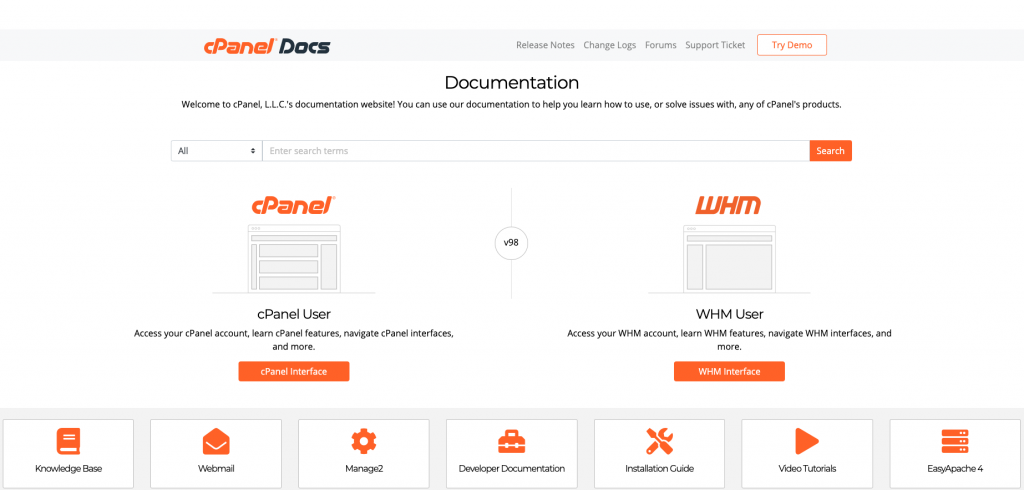
The Solution
Better direction and definition of the products for the customer
On brand design – a collaboration between Marketing, UI developers, and myself
Smaller amounts of documentation (no duplicated documents, they are only updated when needed)
White space is better used and balanced
Project Details
Confluence was the answer for our documentation pathway when originally implemented in 2014, but after a year of release cycles, it was becoming obvious that it was not sustainable. We had 50 spaces related to publishing (although not all public) and the number continued to grow with each release. Even with help from Atlassian, we couldn’t come up with a feasible solution, so I began researching other options.
Phase 1 – Set requirements and research
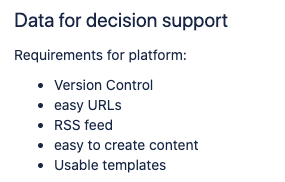
I, along with the group of Technical Writer III’s evaluated several options – CMS type solutions (which we determined we would have the same issues with eventually) like Docusaurus and Palagio, blog-like solutions like Jekyll, and docs-as-code solutions like Hugo using a git repository. After evaluating the options in test environments, we determined moving to a docs-as-code workflow made the most sense and decided on Hugo.
Phase 2 – Plan the design and migration
The Design
Templates had to be built for Hugo, along with a new theme, so the UI Developers, UI Designers, Dev Managers, and myself met to determine what documentation would look like in Hugo. With the company and product branding guides in mind, we created multiple assets that help to shape what the documentation is today. Assets (icons, logos), Templates (Installation Guide, Articles, Knowledge Base, How-to, Taxonomy), and Content Templates (allows for summary views) were the product of this collaboration.
The Migration
There was no easy way to do this. After evaluating the current documentation, it was determined that there were close to 700 documents that would need to be moved. Exports from Confluence in HTML produced a lot of cruft that would have to be removed, making the process even longer. It was determined that a copy of only the content would be used and each file would be created individually. Each landing page and subsequent page had its own Jira case in our Transition project.

The migration was completed by the documentation team. It took a team of 10 Technical Writers and myself 2 months to get the content completely migrated and in a state that would be acceptable for a beta release to our customers. The content was not only copied over, but in some cases, large tables had to be converted to HTML for proper display.
There were some learning curves in this process for the entire documentation team. Most of us were vaguely familiar with markdown but had not actively used it recently. We also had to become more familiar with git. I have an amazing team! They learned and adapted quickly and now are full-on experts in both areas.
Phase 3 – Beta Release
This phase required collaboration with our Sys Admin team to make sure that our webservers were publicly accessible and URLs were resolving correctly. Once these were complete, we launched internally and took feedback from support and other stakeholders.
We released the new documentation site while continuing to maintain our previous site for one release. This allowed for an adoption period of our customers and allowed us to get more feedback before fully launching.
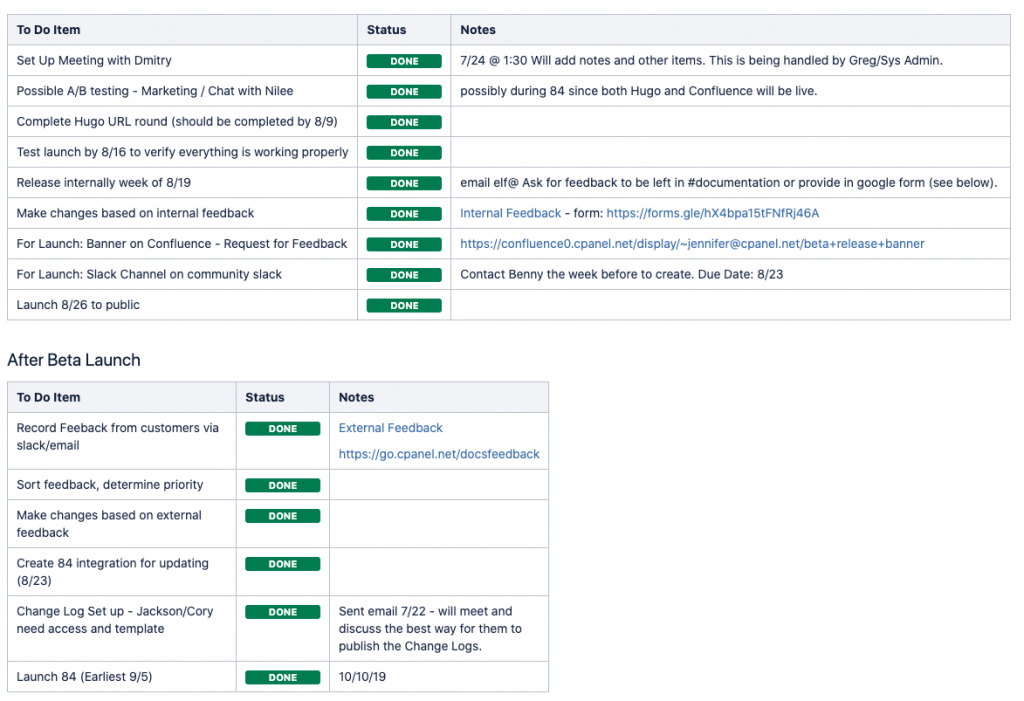
Phase 4 – Official Public Release
Lastly, we implemented a new publishing pipeline using Jenkins. With the help of our Sys Admin team, we have publishing automation in place. Once this was completed, with our next release we archived our external Confluence documentation and went live on docs.cpanel.net
